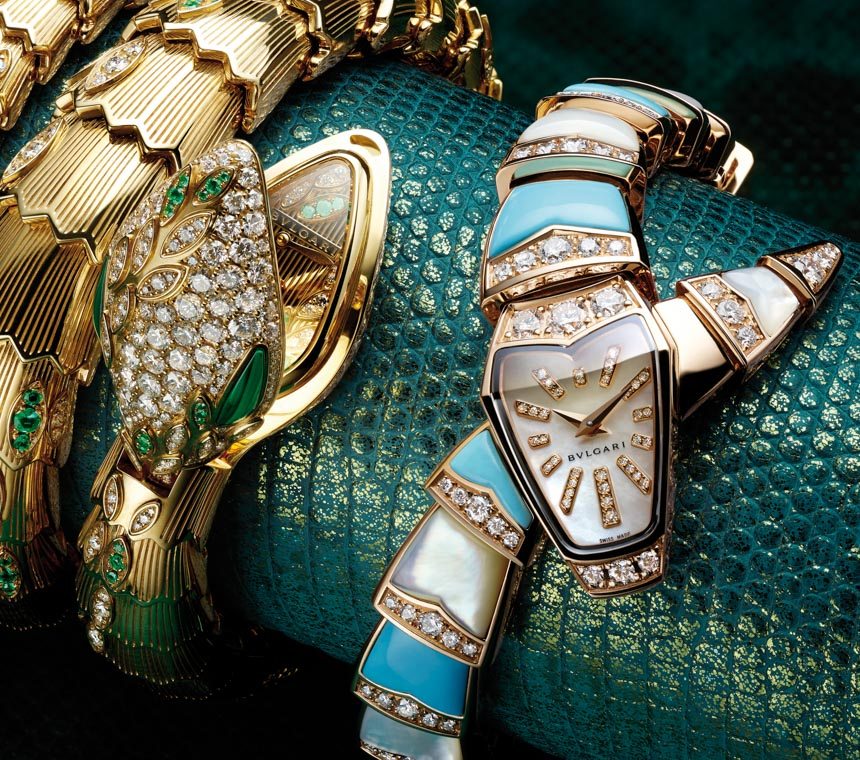

These crystals have been used in watch-making for hundreds of years primarily because there was no alternative until the 20th century.


Mineral: Crystals made of mineral are simply made of glass.The majority of watches imported from Switzerland have sapphire crystals. Being the most expensive type of crystal, sapphire can cost several hundred dollars to replace. If this occurs, microscopic particles of sapphire can get into the movement and act as an abrasive and can cause much damage.

However, this crystal can chip or shatter if impacted. This extremely scratch resistant crystal has exactly the same chemical composition of natural sapphire, but at a fraction of the price. Synthetic Sapphire: Sapphire is known as the second hardest known element right after the diamond.When it comes to watches, there are three types of crystals that are being used. The client cannot choose the type of crystal that comes on the watch or have a new type of crystal retrofitted onto the face. The crystal is the "glass" that protects the watch face from the elements it acts as the cover on the front of the watch. The winding of the crown or the spinning of the motor charges a capacitor that gives the watch power. Auto-Quartz Movement: A combination of the automatic movement and the quartz movement.This type of movement is the most accurate currently being produced. Quartz Movement: A quartz watch uses a battery for its source of power and does not need winding like a mechanical watch.While it is being worn on the wrist, it will itself, eliminating the need for daily hand winding. Automatic Movement: Automatic, or self-winding, movement watches contain a mechanical movement first marketed in the beginning decades of the 20th century.
#FINE TIMEPIECE SOLUTIONS MANUAL#
Manual movement watches requires daily winding in order to work. Manual Movement: Often called hand-wound movement, the manual movement is the oldest type of watch movement being made it dates back to the 16th century.Even though battery watches are inherently more accurate, almost all collectors and connoisseurs prefer manual or automatic as these movements represent the accumulation of almost 600 years of refinement, expertise, and craftsmanship. Mechanical watches are far more expensive than battery-powered watches because they are much more labor intensive to build. Quartz and auto-quartz have an electrical circuit and require a battery to run, but they may also have some mechanical parts. Manual and automatic movements are mechanical, which means they are both made up of only mechanical parts like gears and springs. There are 4 types of movements: manual, automatic, quartz, and auto-quartz. The movement of a watch can be compared to a car engine without the engine, a car will not run. Thank you for reading, and thank you for watching.The part of the watch that makes the watch "move" or function. There is no time to take it apart and take out dust! The production environment requires repeatability coupled with quality. It is quite the dichotomy when compared to how watch modding works. All of this is done under the watchful eye of the head watchmaker, in a clean room environment. This ballet continues all the way through the assembly process, and culminates in an assembled watch that is built with the highest quality. At FTS, I watched a technician expertly mount an hour, minute and seconds hand, all with hand tools, in just a minute or so. I can spend a few minutes just mounting a seconds hand. Watching the hands quickly move through the motions makes you realize that practice makes perfect. The motion of installing dial spacer, dial and then inspection is performed at a rate of one per minute. A kit arrives at a trained technician’s station - for example, mounting a dial. The techniques and procedures you use in the modding community are out the window! This is full-fledged production hundreds of watches pass through the facility every week. What immediately struck me is the organization involved. FTS is assembling some up-and-coming Islander models, and I was very excited to visit and see first-hand how watches are built (in America, no less!) In January, I was fortunate enough to visit the Fine Timepiece Solutions USA (FTS) headquarters located in Fountain Hills, Arizona. For those who have modded their own watches, how often have you completed the mod, only to find in bright sunlight there is dust on your dial? Or your hour and minute hand alignment is not perfect.įor the inexperienced, it seems simple. I consider myself an experienced amateur, at best, but I can accomplish the task. Having embraced the watch modification culture, I have assembled many watches in my time.


 0 kommentar(er)
0 kommentar(er)
